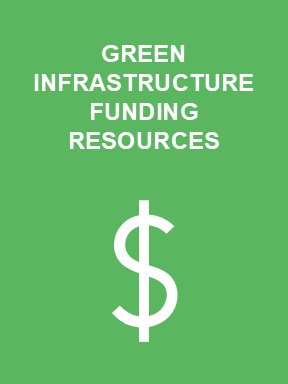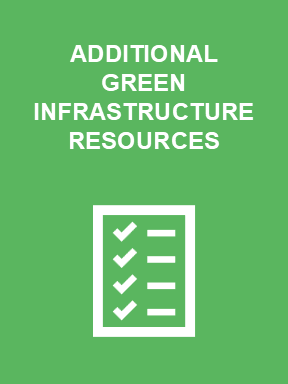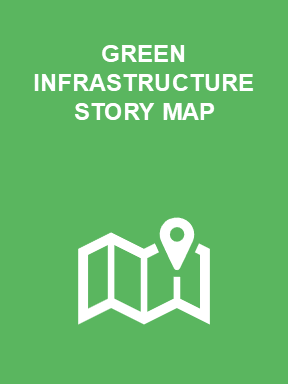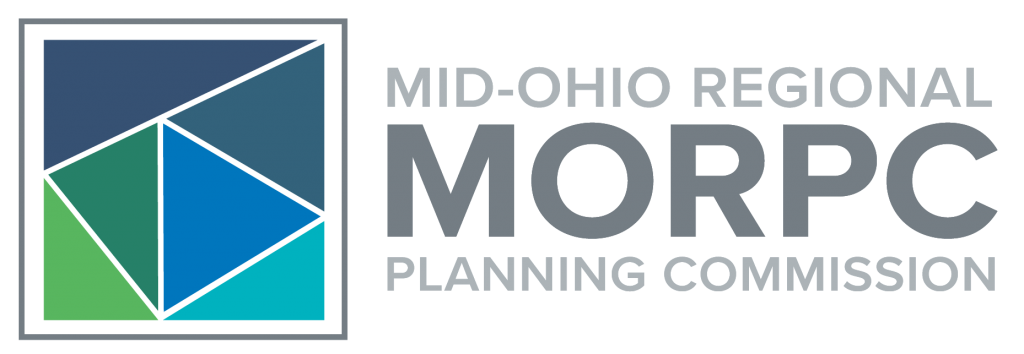
Our goal is to empower and promote implementation of green infrastructure at all levels within our region – local governments and municipalities, residential and commercial property owners, developers, and residents – and increase awareness of green infrastructure as a stormwater management tool and community enhancement strategy.
This toolkit provides resources on designs, implementation, maintenance, research including quantified benefits of and available funding for green infrastructure strategies in the region. Adoption and implementation of green infrastructure provides the region an opportunity to foster economic growth and development while protecting our natural assets.
What is Green Infrastructure?
Green infrastructure is a multi-functional strategy of green and blue spaces and other natural features which can deliver a wide range of environmental, economic, health and well-being benefits.
In 2019, Congress enacted the Water Infrastructure Improvement Act which defines green infrastructure as “the range of measures that use plant or soil systems, permeable pavement or other permeable surfaces or substrates, stormwater harvest and reuse, or landscaping to store, infiltrate, or evapotranspirate stormwater and reduce flows to sewer systems or to surface waters.”
Floods pose a large threat in Franklin County and surrounding counties and the implementation of green infrastructure practices will significantly reduce runoff by capturing rain where it falls and allowing it to filter through the ground.
Types of Green Infrastructure?
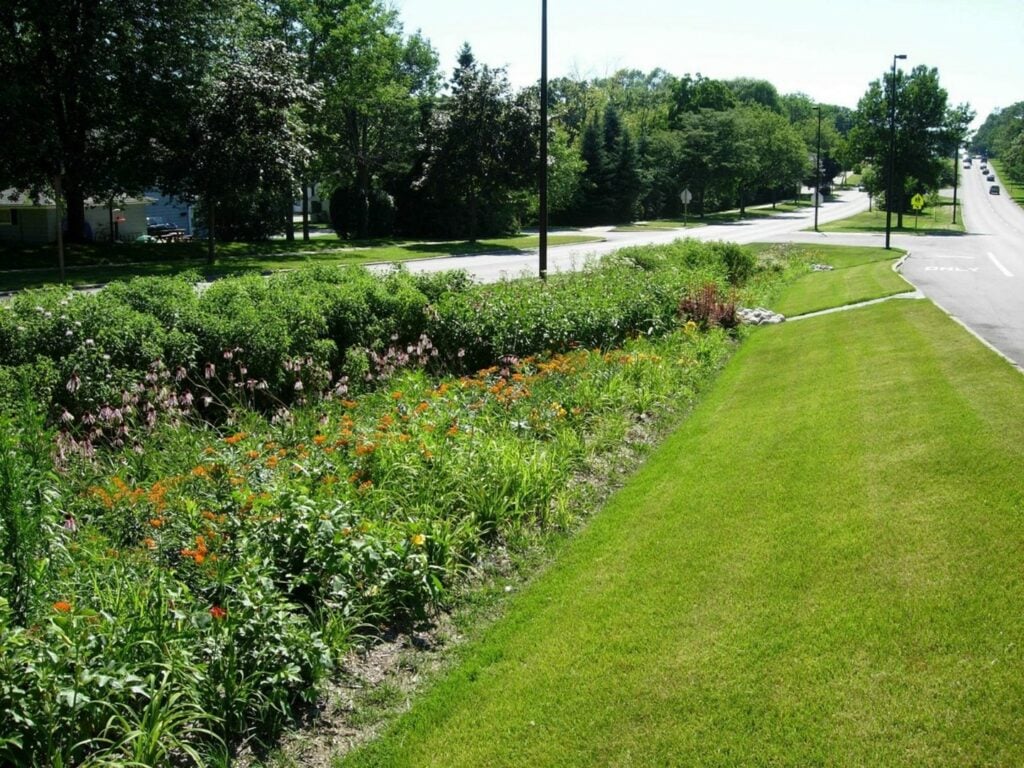 This is an engineered sunken area that collects rainwater from rooftops, sidewalks, and streets. Bioretention areas are designed to allow water to temporarily pond when it rains and then either soak into the ground or flow through an underdrain.
This is an engineered sunken area that collects rainwater from rooftops, sidewalks, and streets. Bioretention areas are designed to allow water to temporarily pond when it rains and then either soak into the ground or flow through an underdrain.
** Bioretention areas are similar to rain gardens but are more highly engineered areas than rain gardens.
Pros/Benefits: Bioretention Areas will allow for more of the rainwater to be collected, preventing flooding.
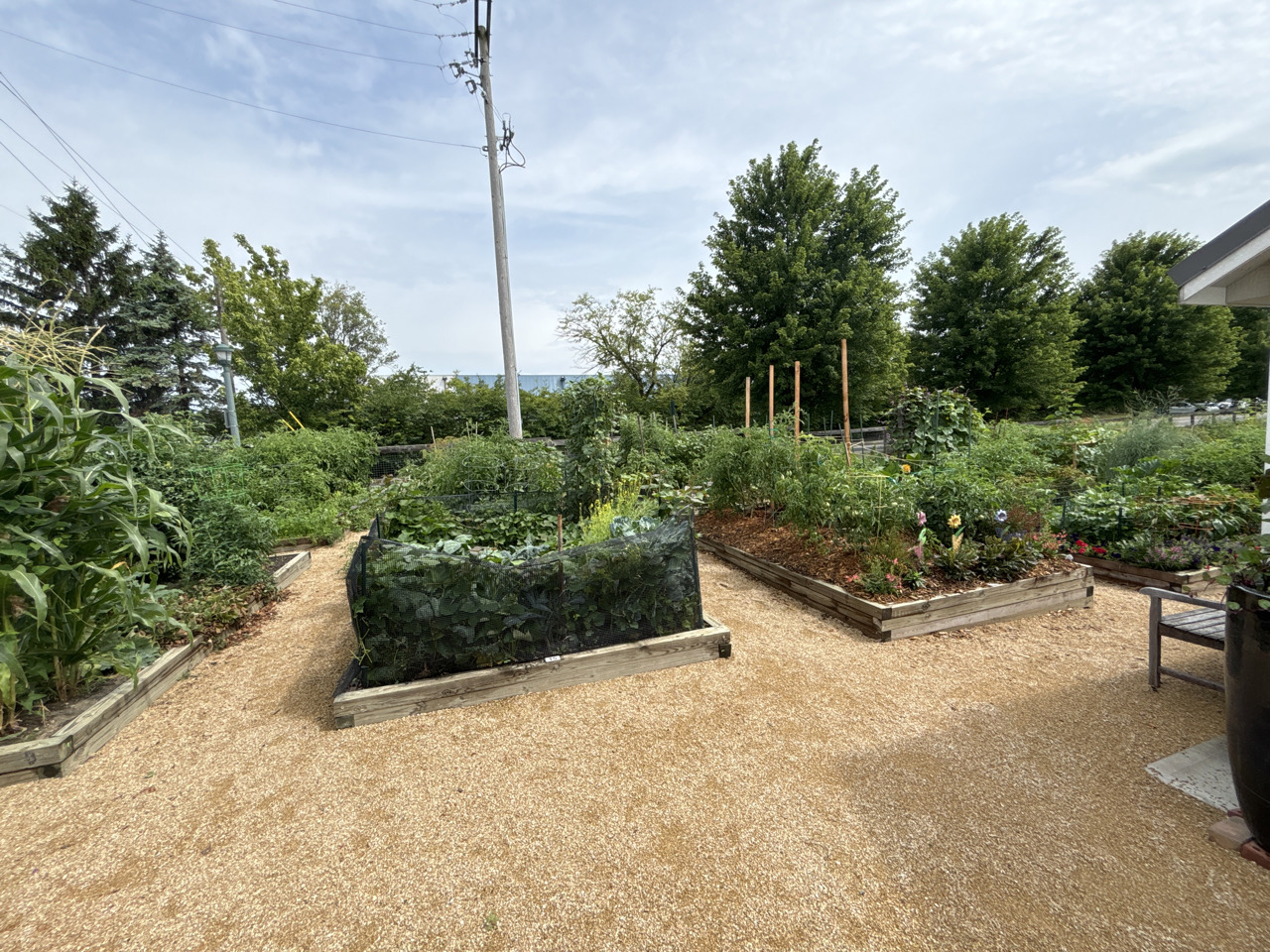 A type of bioretention surrounded by vertical walls and may be open or closed underneath the practice. They allow stormwater to flow through soil and gravel and either soak into the ground or flow through an underdrain.
A type of bioretention surrounded by vertical walls and may be open or closed underneath the practice. They allow stormwater to flow through soil and gravel and either soak into the ground or flow through an underdrain.
Pros/Benefits: Usually found in downtown areas, they collect and absorb runoff from streets, sidewalks, and parking lots. Ideal for areas with limited space, planter boxes can be a useful way to beautify city streets.
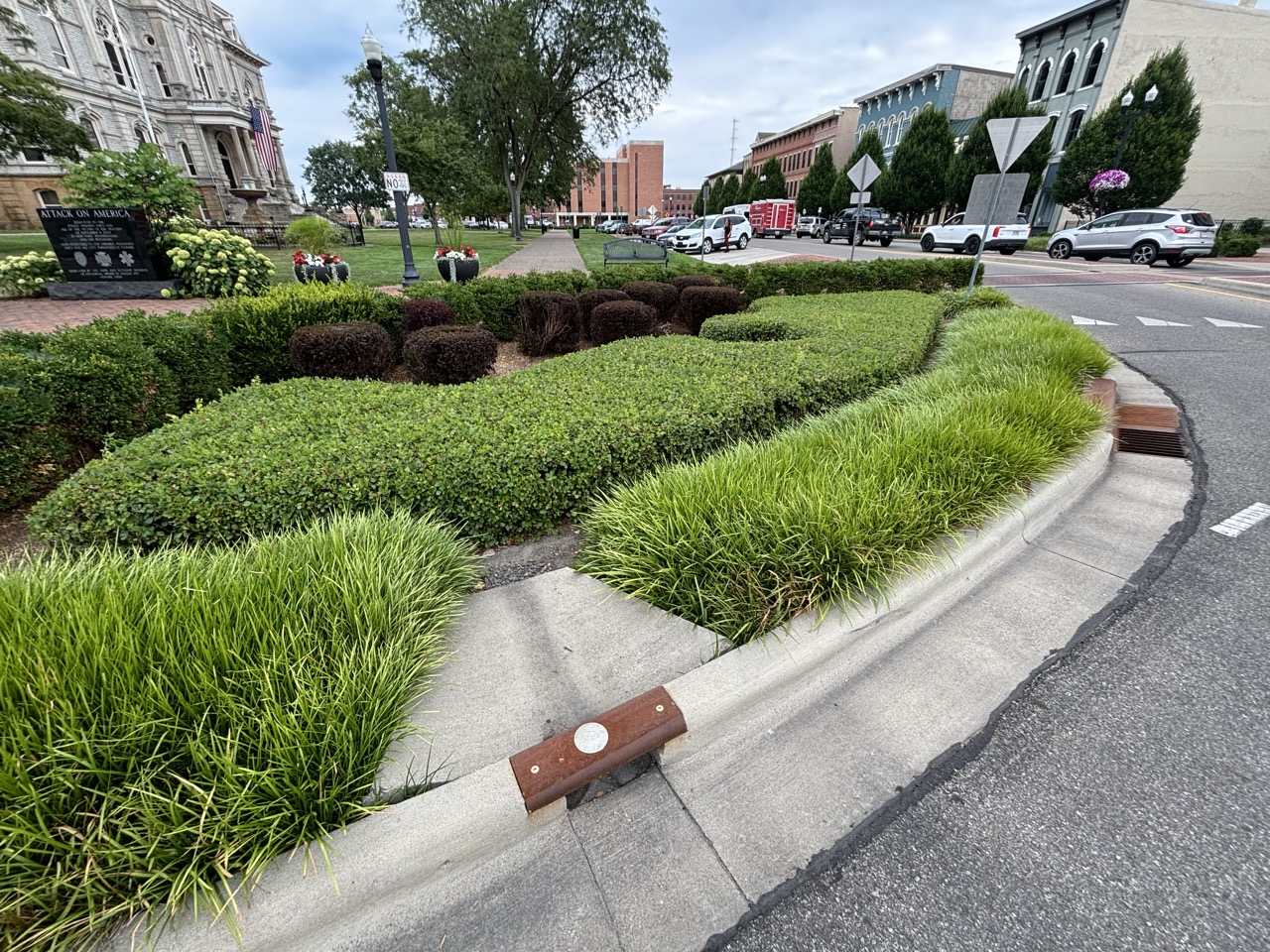 Bioswales are open channels that use vegetation or mulch to slow, filter and treat stormwater as it flows through a shallow channel or trench. A grassed swale is another type that uses grass.
Bioswales are open channels that use vegetation or mulch to slow, filter and treat stormwater as it flows through a shallow channel or trench. A grassed swale is another type that uses grass.
Pros/Benefits: Bioswales and Grassed Swales will help with natural filtration of pollutants and litter.
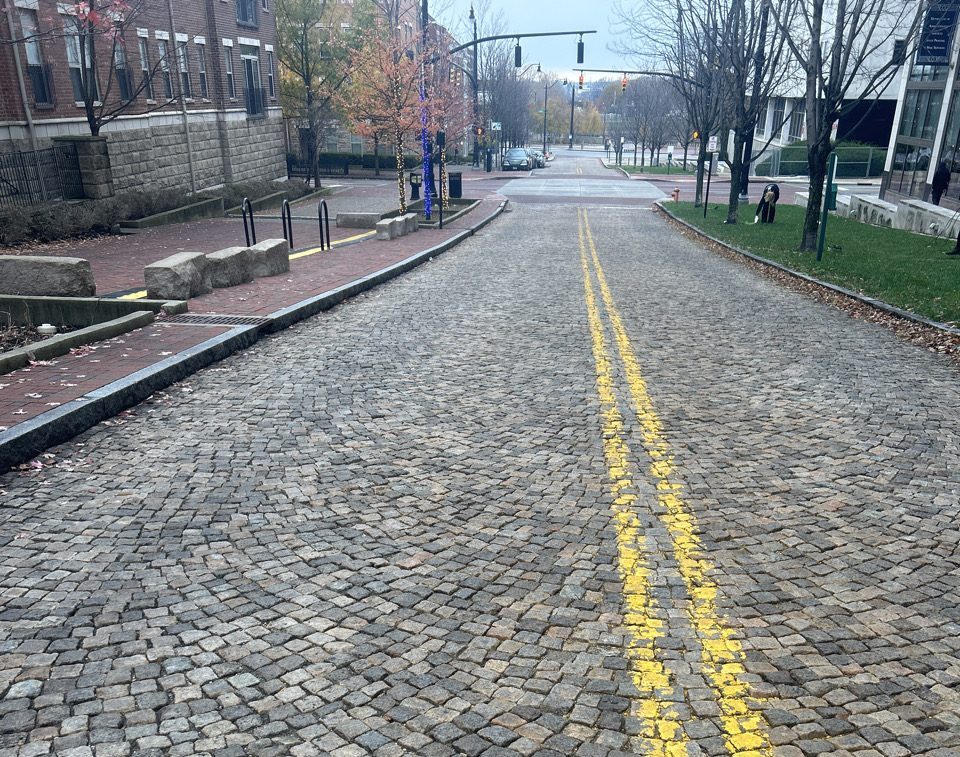 This is a porous surface composed of open-pore pavers, concrete, or asphalt with an underlying stone reservoir. The stone reservoir stores surface runoff and slowly facilitates infiltration into the soil below.
This is a porous surface composed of open-pore pavers, concrete, or asphalt with an underlying stone reservoir. The stone reservoir stores surface runoff and slowly facilitates infiltration into the soil below.
Pros/Benefits: Commonly used in parking lots, low-traffic roads, sidewalks, and driveways, permeable pavements can reduce the concentration of some pollutants chemically or physically through trapping in the soil or pavement.
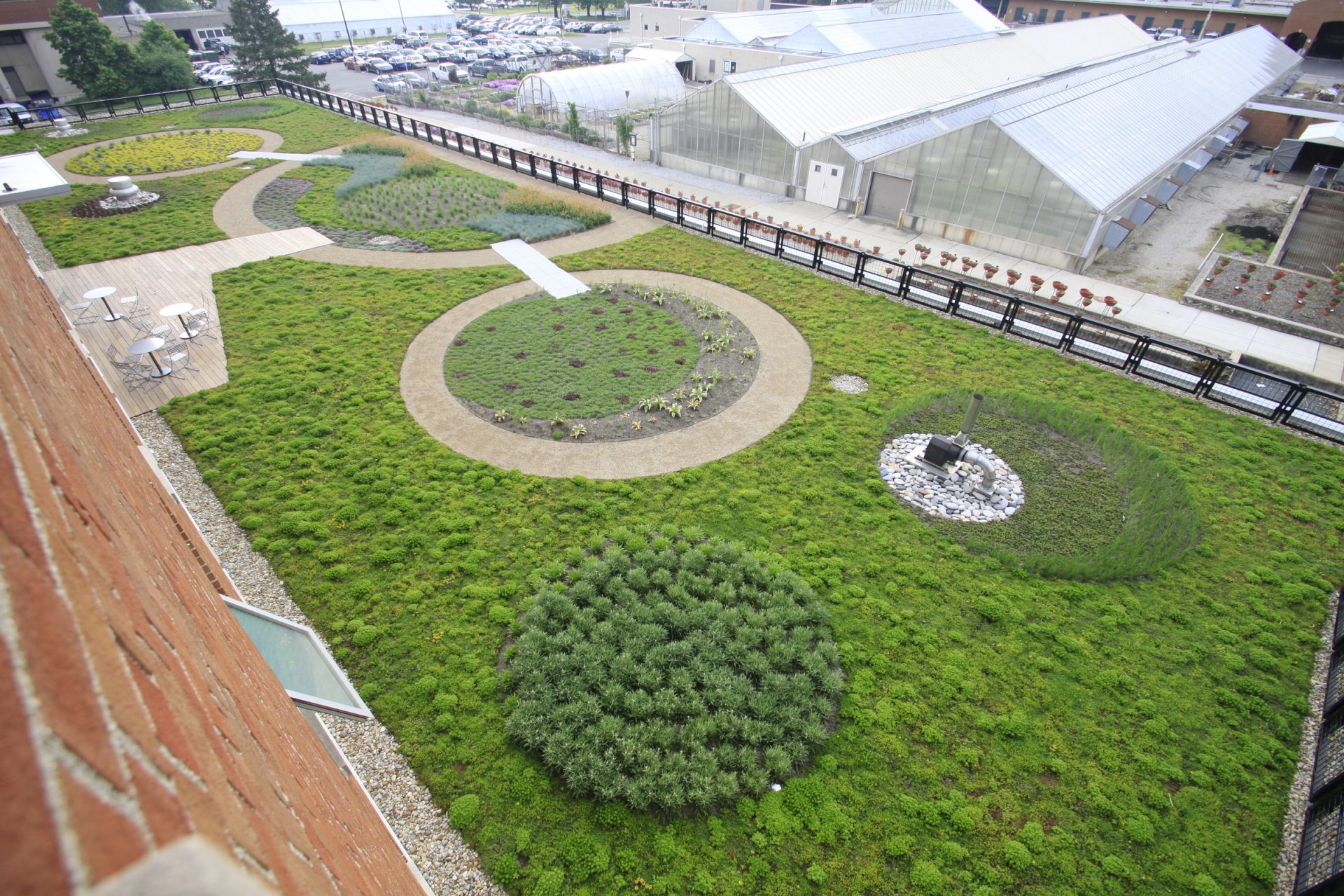 Green roofs are partially or fully covered with vegetation (also known as living roofs) and are designed to manage rainwater, slowly releasing it through drains, evaporation, and evapotranspiration.
Green roofs are partially or fully covered with vegetation (also known as living roofs) and are designed to manage rainwater, slowly releasing it through drains, evaporation, and evapotranspiration.
Pros/Benefits: Green roofs help absorb rainwater and reduce flooding. They also improve air quality and reduce the heat island effect.
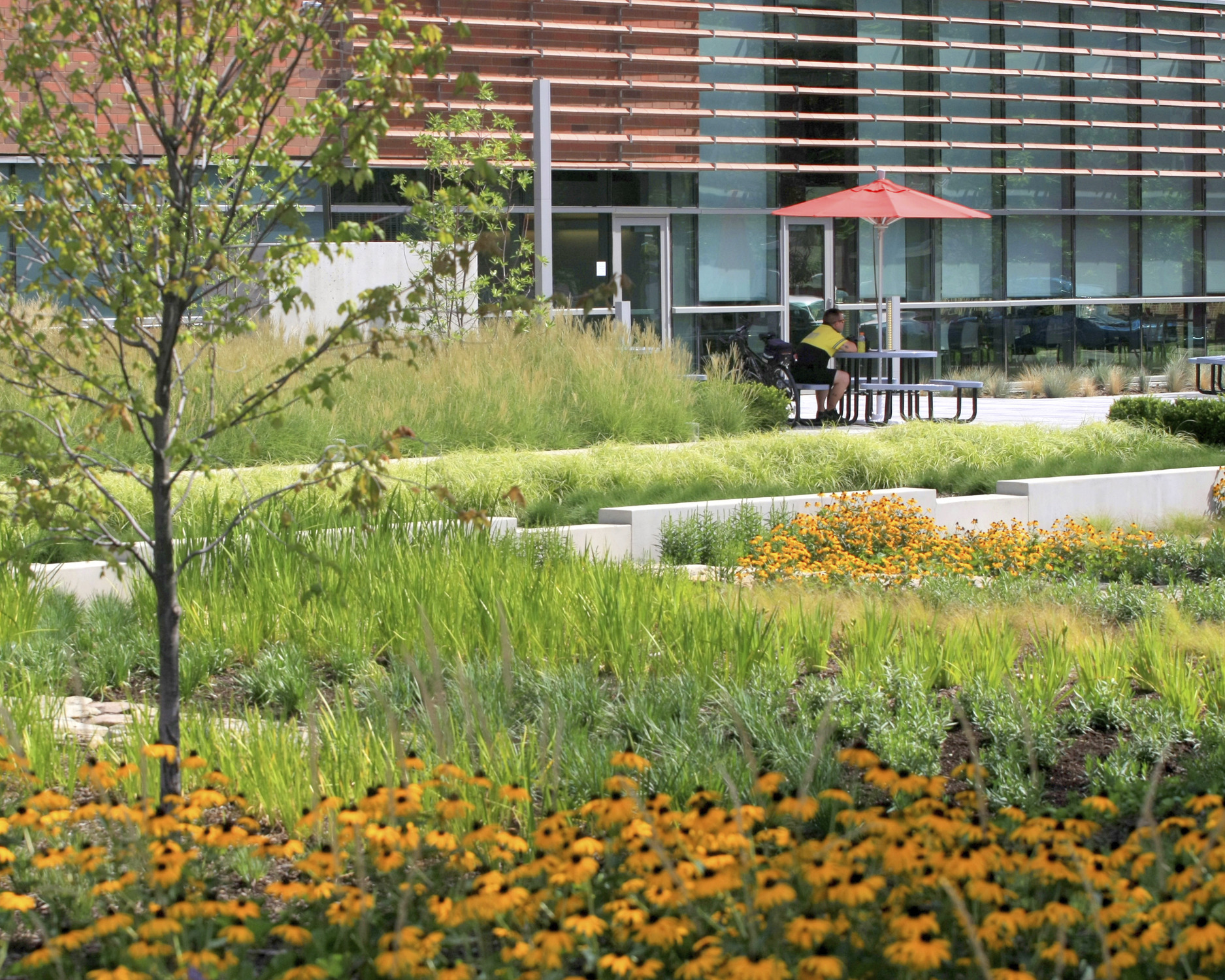 Rain gardens are designed to collect, filter, and absorb stormwater runoff. They are typically planted with native vegetation.
Rain gardens are designed to collect, filter, and absorb stormwater runoff. They are typically planted with native vegetation.
Pros/Benefits: Rain gardens help improve the water quality and reduce flooding by capturing and filtering stormwater before it enters waterways. They also provide habitat and support healthy ecosystems.
Green Infrastructure Toolkit
While new development is essential for the regions’ growth and success, it often increases impervious surfaces, leading to greater stormwater runoff and potential harm to surrounding communities. Integrating green infrastructure into development plans offers an effective way to reduce the impacts and build more resilient communities.
Benefits of Green Infrastructure
- Inclusion of green infrastructure improves properties’ resilience to nuisance flooding and urban heat island effect.
- Significant environmental and community benefits – for every 150 square feet of rain garden included in development plans, the site creates $250 in annual benefits to surrounding communities.
- Property owners can receive stormwater credit as a reduction in the site’s stormwater service fees if they are located within the City of Columbus.
Who is Eligible for a Stormwater Credit?
All properties within the City of Columbus —other than those zoned single-family residential—are eligible to have a portion of the charges for stormwater service (up to 100%) and wet weather (the Clean River Fee) reduced upon meeting certain qualifications.
What green infrastructure practices are eligible?
The City of Columbus recognizes bioretention, permeable pavement, green roof, and rainwater harvesting as green infrastructure eligible for credit. Detailed instructions and the application can be found here.
Each year, municipalities must spend a portion of their budget on repairing, maintaining, or constructing conventional, gray infrastructure designed for stormwater. These projects are meant to limit the amount of flooding in the local area. While this is a necessary cost for most communities, green infrastructure can be more cost-effective approach that also helps maintain the local water quality.
Overall, transitioning to green infrastructure offers municipalities an opportunity to create more sustainable, resilient, and livable communities while also addressing environmental challenges and saving costs in the long run.
Communal Benefits of Green Infrastructure
- The Center for Neighborhood Technology states that green infrastructure provides a benefit to communities including, improved public health, safer transportation and increased economic development.
- When comparing traditional gray infrastructure to green infrastructure alternatives, communities saw a 36% decrease in the average cost of a project when choosing green infrastructure.
Communities can reduce the price of a project in the long-term savings of 30% to 60% when they integrate green infrastructure with planned infrastructure improvements, such as road reconstruction, utility restoration, or roof replacements.
Households could benefit significantly from improved water conservation practices. During the summer, about 40 percent of a typical household’s water usage is for watering lawns and gardens, which amounts to approximately six to seven gallons of water flowing from an average hose every minute. This leads to high water bills, causing financial strain for individual households and their communities. While water usage is unavoidable, implementing green infrastructure – by using rain barrels or rain gardens – can significantly reduce costs both in the short and long term.
Cost Savings from Green Infrastructure Development
- Green Infrastructure can reduce flooding and lower flood water surface elevations while also increasing property values by as much as 5%.
- When households adopt green infrastructure, it means less money from the community must go towards fixing or upgrading pipes and drains. Instead, those funds can be used for other projects.
- In Franklin County, an acre of rain garden creates up to $74,000 in community benefits annually.
Do-It-Yourself (DIY) Green Infrastructure Projects
- Rain Barrels – Rainwater barrels are a low-cost method to collecting rainwater to use for irrigation and lawncare. On average, households can save around 1300 gallons of water during the peak summer months, adding up to $35 a month, from using rain barrels.
- Rain Gardens – A rain garden costs $3 – $5 per square foot to install. Rain gardens are a cost-effective way to help beautify your property. Lastly, Franklin County Soil and Water Conservation District offers a rebate of up to $50 for planting native plants in your garden. Refer to the Resources Tab for additional cost savings.
Green Infrastructure Case Studies
For more information, contact Dr. Edwina Teye at 614.233.4233.
